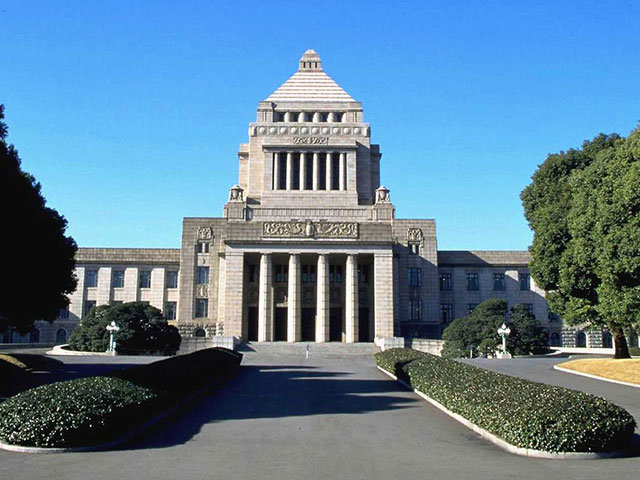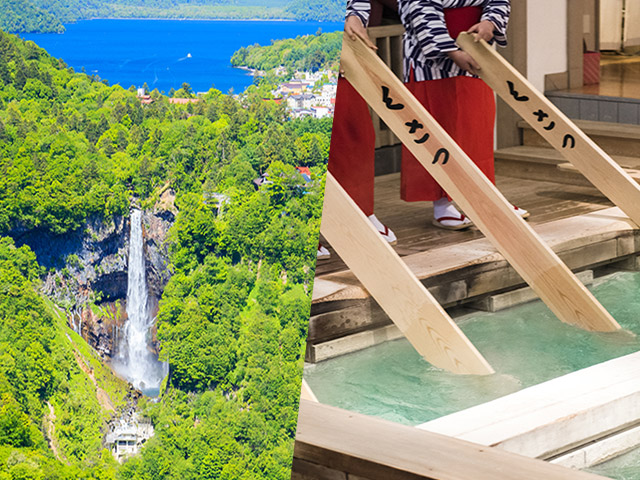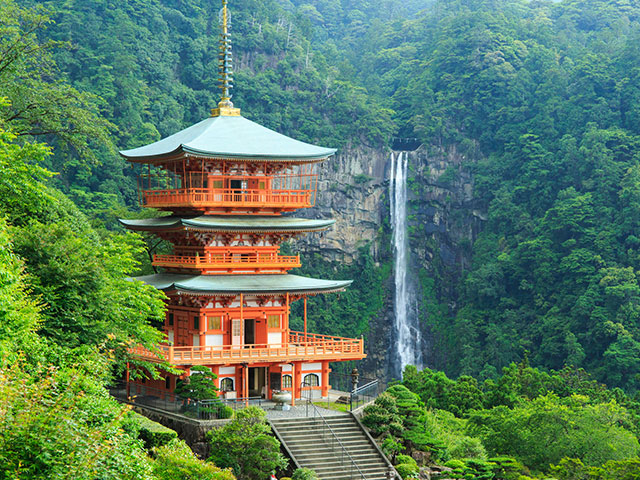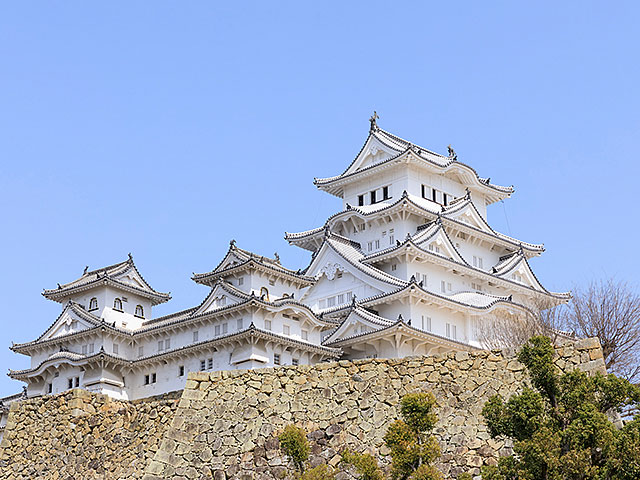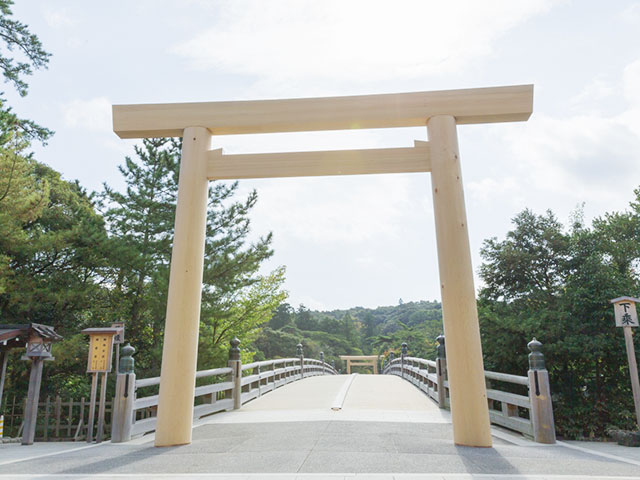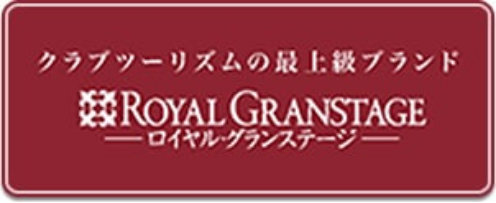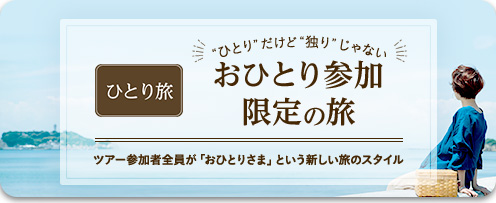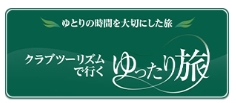Tomioka Silk Mill Travel & Tours | Tourist Attractions
Click here for tourist information on Tomioka Silk Mill, which has been selected as a World Heritage Site! We introduce the attractions of Gunma Prefecture, Tomioka City, historical buildings, and important cultural properties. There are bus tours where you can Accommodation at famous hotels and inns in Old Karuizawa, enjoy famous sites, relaxing hot springs, buffets, and seasonal gourmet food. On Club Tourism website, you can easily search and book a variety of tours, from those for individuals to those with families and friends.
What is Tomioka Silk Mill?
Construction Leader Paul Brunat
The Meiji government hired the Frenchman Paul Brunat as a foreign instructor and built a silk mill. Brunat invited engineers from France and ordered Western-style machinery that was modified to suit the physique of the Japanese.
Within the factory grounds is the Brunat House, the residence where Brunat lived with her family and maids, which was built in 1873. After Brunat left in 1880, the house was used as a night school and dormitory for factory girls.
Advanced working conditions for factory girls
Because the construction was supervised by the French, the working hours and conditions of the women who worked at the silk mill were very advanced in Japan at the time, incorporating European methods.
The actual working hours per day were about eight hours, and the workers' wages were based on efficiency, so if they had high technical ability they could become a first-class worker, which was a very advanced system for the time.

